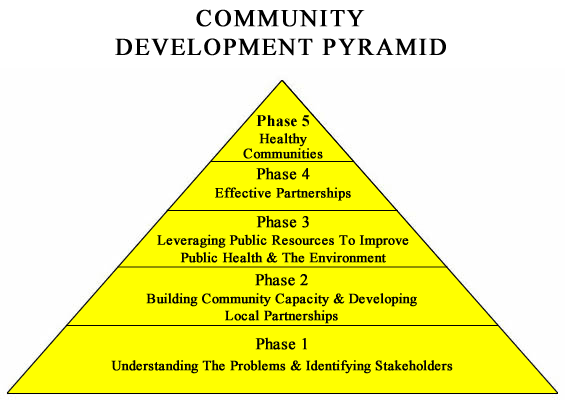About Healthy Urban Communities in New England
What We Do
The environmental conditions in urban areas throughout New England and across the country expose residents to significant public health hazards every day from toxics, heavy metals, poor ambient and indoor air quality, and a lack of open and green space. These conditions create cumulative, disproportionate and inequitable health risks to urban residents, especially high risk populations such as children and the elderly.
The following are issues of concern for many urban communities:
- Environmental Health: Asthma/Indoor Air Quality, Children's Health, Environmental Justice, Sensitive Receptors.
- Urban Toxics (Air, Water & Soil): Chromium VI, Combined Sewer Overflows (CSOs)/Bacteria, Dioxin, Lead, Mercury, Ozone, Particulate Matter, PCBs, Petroleum, Source Pollution.
- Urban Development/Redevelopment: Brownfields, Open Space/Green Space, School Siting, Smart Growth, Transportation, Urban Agriculture, Vacant Lots
These environmental and public health issues and topics are cross-checked with internal and external partners to ensure that EPA Region 1's work reflects the concerns, priorities, and needs of our target communities. The EPA programs are engaged as needed to develop coordinated work objectives and implementation strategies, provide program expertise, technical assistance and other critical resources to support target community based projects and efforts.
Strategy
The strategy uses a five-phase approach to build local capacity from the ground up, beginning with the identification of issues and stakeholders, then helps develop partnerships and community awareness through each step of the process. The ultimate goal of this model is a sustainable community infrastructure that can access information and leverage resources to address environmental and public health concerns without permanent EPA financial assistance.

Click each phase for additional information.
